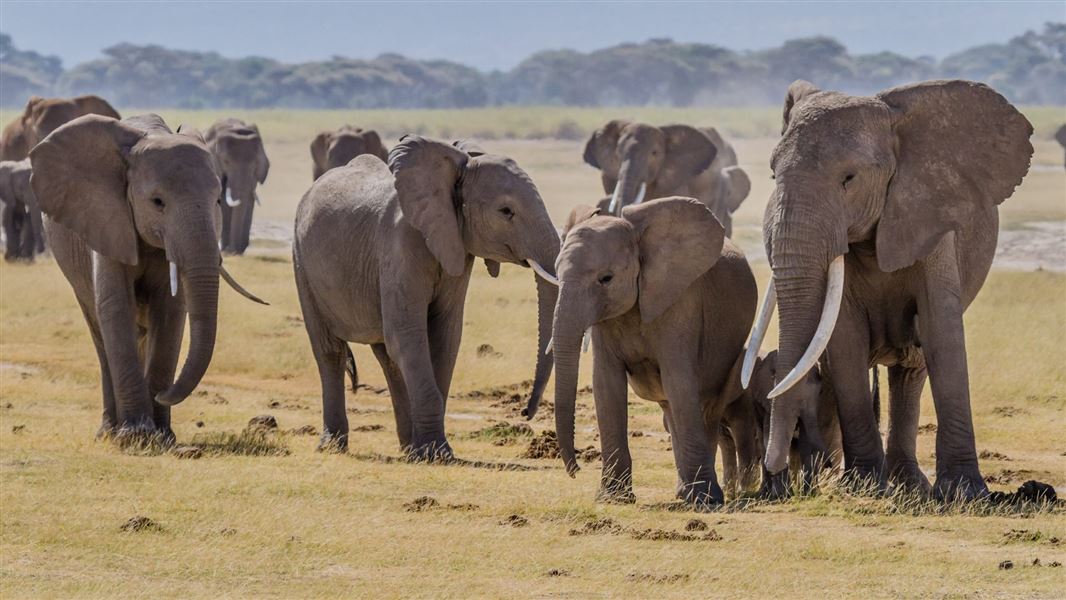The Convention on International Trade in Endangered Species of Wild Fauna and Flora (CITES) is an international agreement between governments. It monitors and controls international travel of items containing protected animals and plants.
All elephant species are protected under CITES and will require CITES documents to be imported or exported.
Under the CITES, ‘trade’ means the import and re-export (export) of items across international borders. We say re-export because ivory does not originate in New Zealand.
On this page we refer to elephant ivory and other elephant products as 'elephant products'.
How to import or re-export elephant products
You must get CITES permits to move any elephant products across international borders. You must get the permit before the trade occurs.
The type of permit you need depends on:
- the age of the item
- what Appendix the species is protected under
- the destination country’s import requirements.
Regardless of age, all elephant products must have CITES permits. The only exception is for products originally acquired in New Zealand by the importer. You must show evidence of this. You may be referred to DOC to confirm this evidence.
Check what permits you need and apply
View some examples of ivory items
Items without valid CITES permits will be seized
Importing elephant products without a permit will result in the items being seized at the border and forfeited to the Crown.
We may also take enforcement action under the Trade in Endangered Species Act 1989. This may result in an infringement fine or prosecution through the courts.
Enforcement action can range from advocacy or a warning letter through to infringement or prosecution. This will depend on the circumstances of each case.
As examples of stricter enforcement, we prosecuted one person who had smuggled ivory into New Zealand. They were fined $8,000. Another person who was selling ivory domestically, was fined $12,000 for importing ivory without a permit.
Examples of ivory items
A range of items can contain elephant ivory, such as:
- pianos with ivory laminate keys
- bagpipes
- chess sets
- mahjong sets
- cutlery
- jewellery
- small carvings, for example, netsukes, ornaments, bust figures/statues
- furniture with ivory inlay.
Legal elephant products in New Zealand
Currently, there is no ban on the domestic sale of elephant ivory within New Zealand. However, ivory from Appendix I species cannot be imported for primarily commercial purposes.
New Zealand receives about 30 legal imports of items containing elephant ivory each year. Those imports are usually made up of one or two items per shipment.
Many of these items are classified as ‘Personal or Household Effects’ (PHE) under CITES.
Some are also classified as ‘pre-Convention’. This means the item was first made or obtained before the species was listed as protected under CITES.
New Zealand’s role in preventing illegal trade
Our CITES Officers seized 115 ivory items without CITES documentation between 2014 and 2023.
It is illegal to import elephant products into New Zealand without the required CITES permits.
New Zealand is committed to upholding its international obligation to stop the illegal trade in elephant products. DOC ensures this obligation is upheld.
Based on the database of seized and surrendered CITES specimens, the evidence suggests the market for elephant ivory in New Zealand is small.
Contact
If you have any questions, contact DOC’s CITES team cites@doc.govt.nz.
